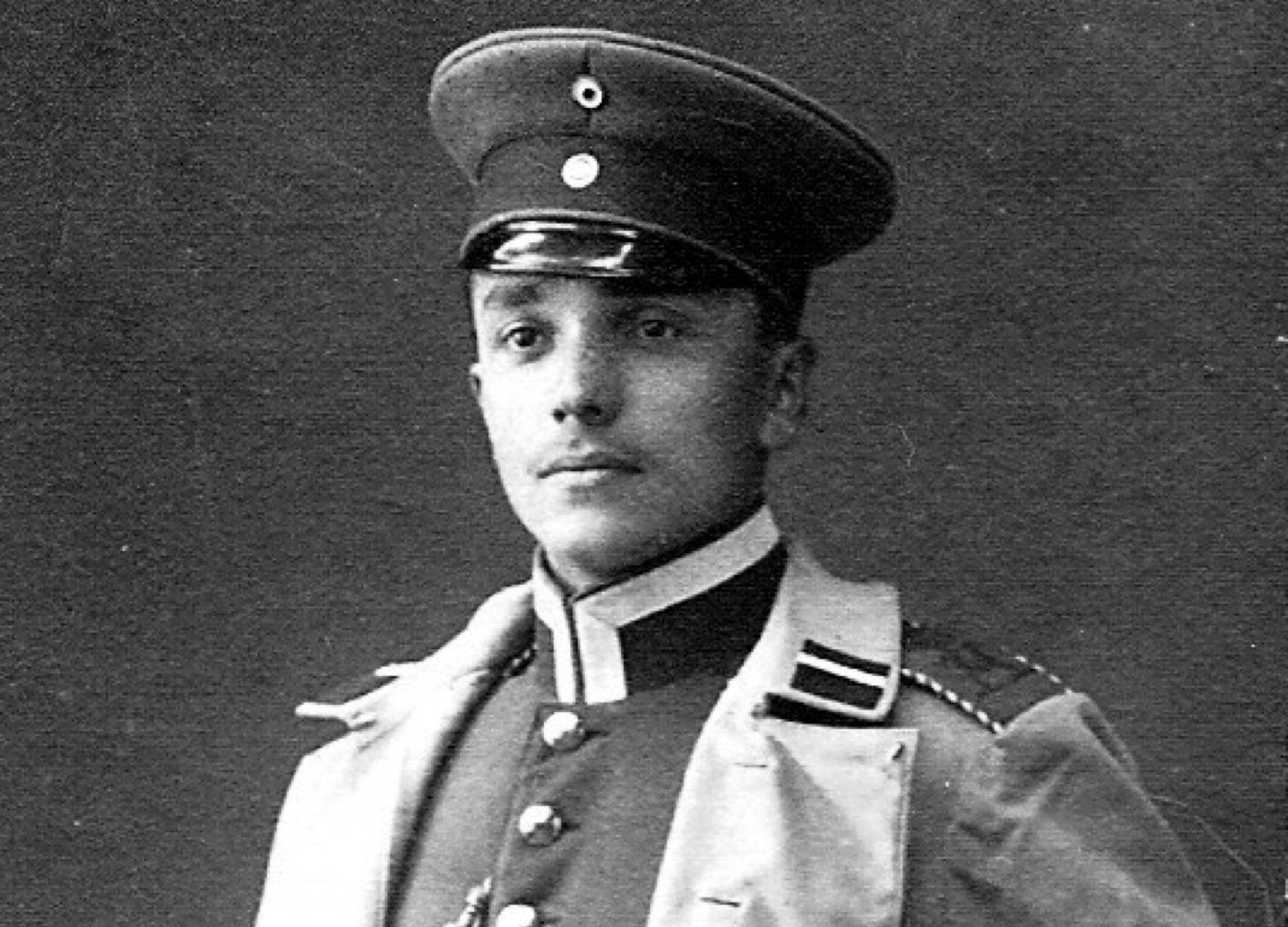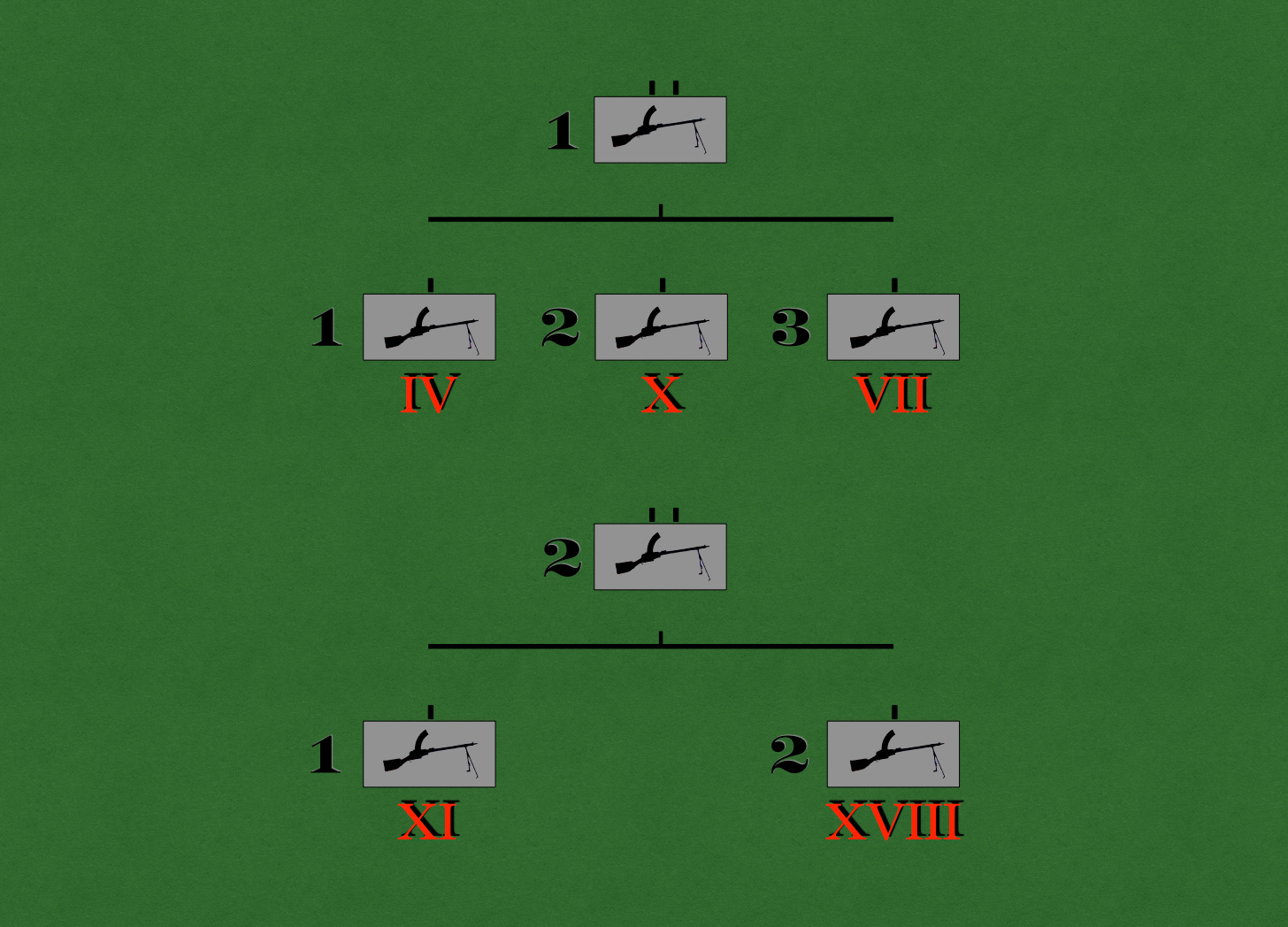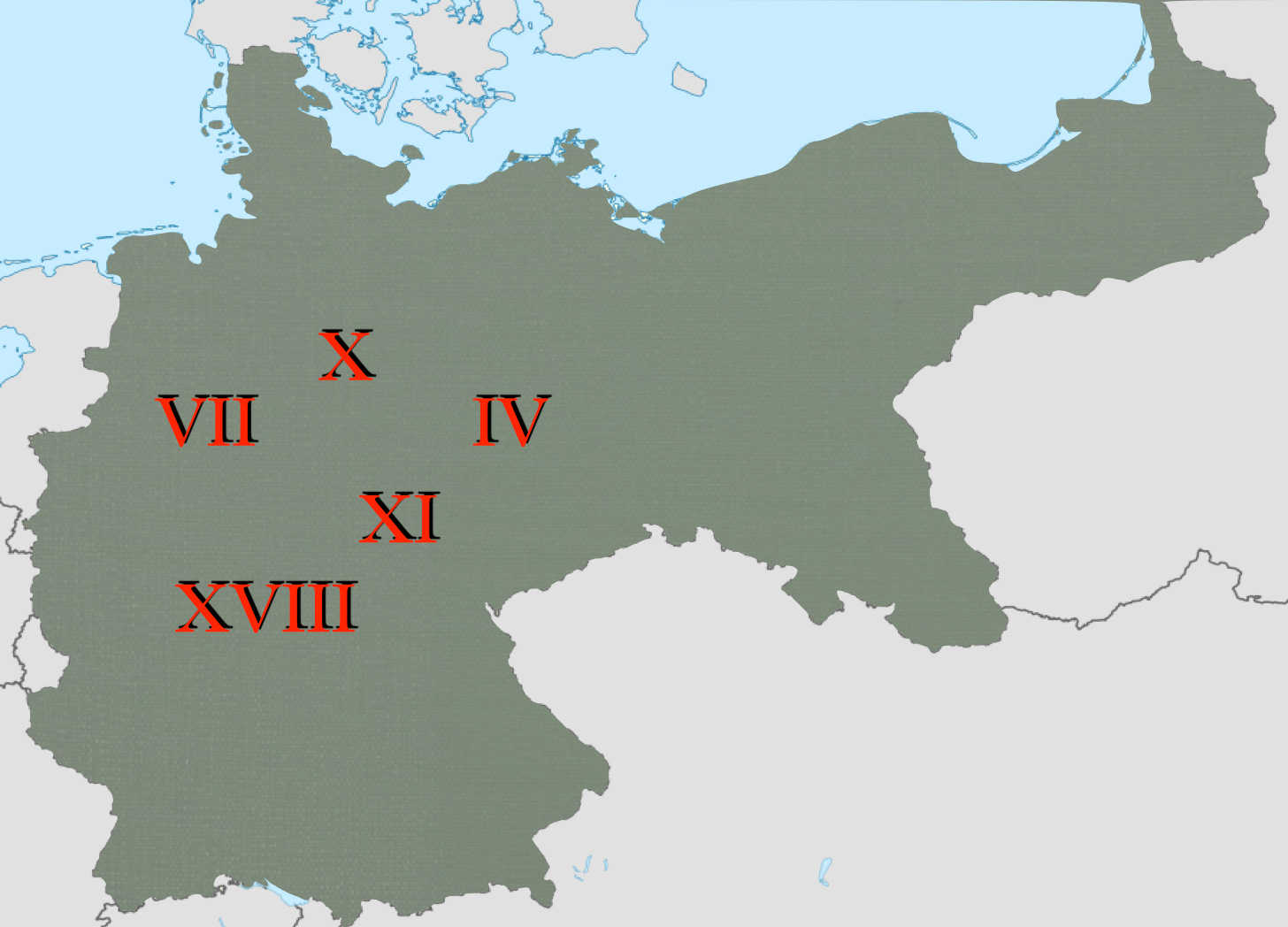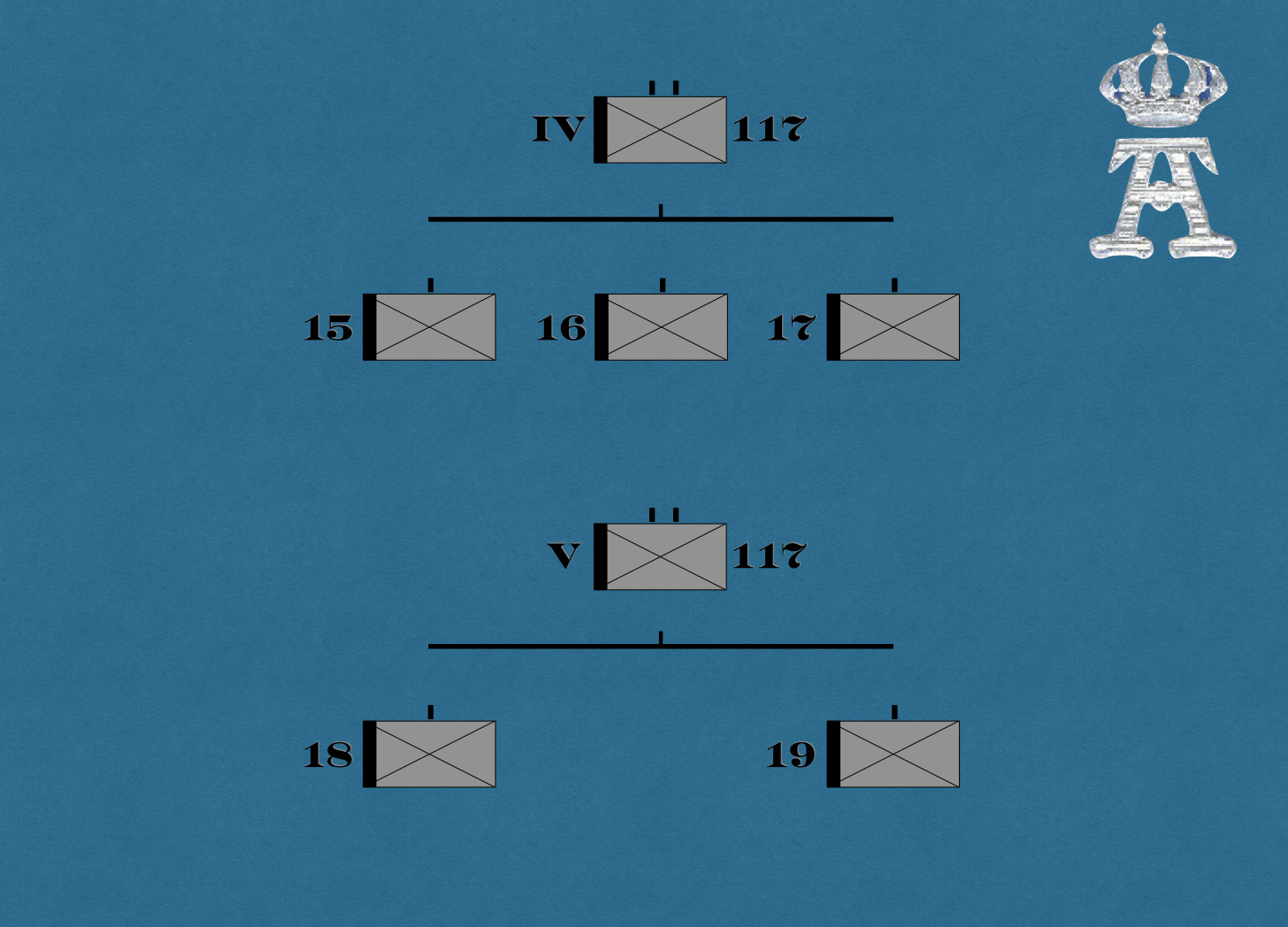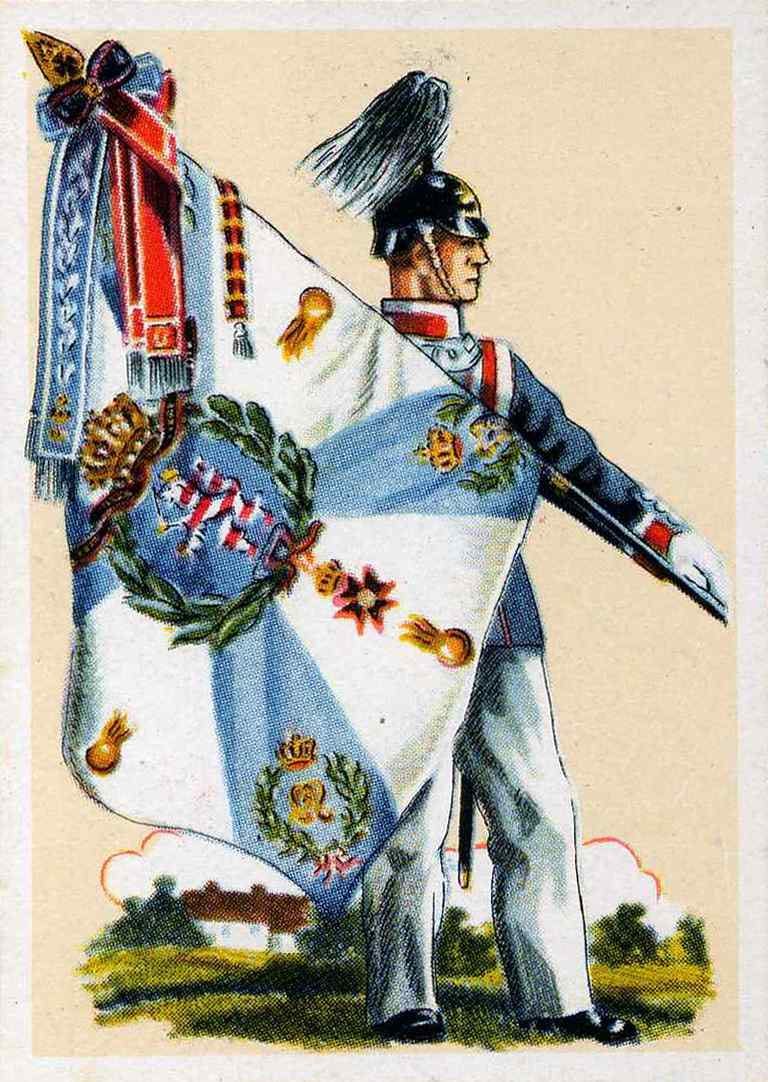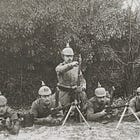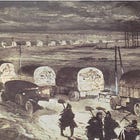When, on 10 August 1915, the Prussian War Ministry instructed the XVIII. Corps District to form two Musketen battalions, it specified that these units come together in the city of Mainz. This stipulation, which probably owed much to the availability of quarters in, and firing ranges near, that old garrison town, set the stage for the participation of the Hessian Life Guards in the project.
Formally known as the Infantry Life Guard Regiment Grand Duchess (3rd Grand Ducal Hessian) Number 117 [Infanterie Leib-Regiment Großherzogin (3. Großherzoglich Hessische) Nr. 117], the Hessian Life Guards combined considerable local prestige with pedestrian functionality. That is, while the regiment enjoyed strong ties to the ruling dynasty of the Grand Duchy of Hesse and was the only peacetime infantry regiment to station all of its battalions in the city of Mainz, it was, in all other respects, an ordinary infantry regiment of the Prussian Army.
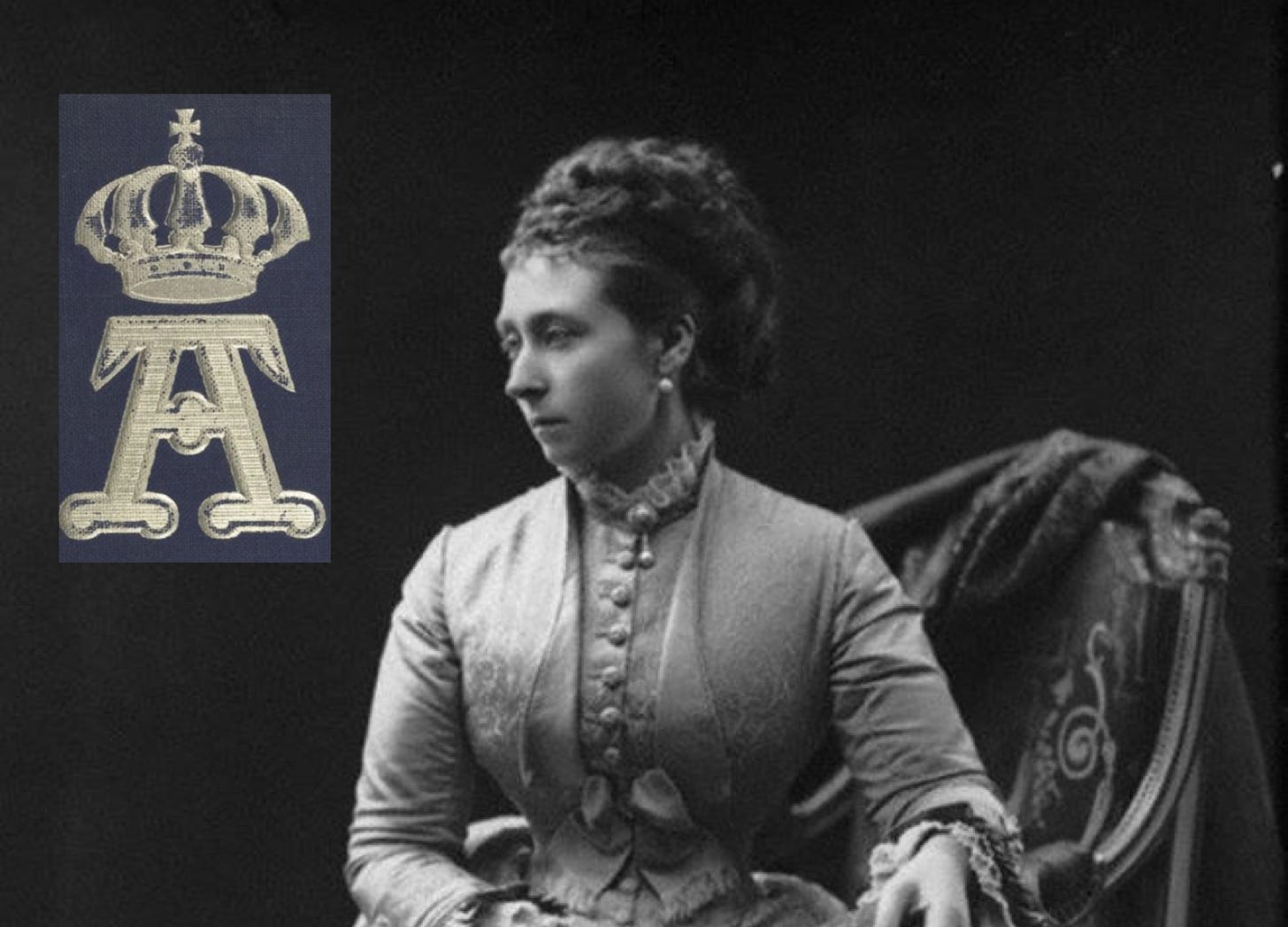
The letter of 10 August 1915 also mandated that the men assigned to each of the five companies being formed come from a particular army corps district. Thus, for example, it stipulated that the X. Corps District send enough men to form the 2nd Company of the 1st Musketen Battalion. The order also asked two of these corps districts to provide the officers, non-commissioned officers, and specialists needed to provide the two new battalions with headquarters.
All five of the corps districts ordered to provide companies to the Musketen battalions were located in the western half of the German Empire. The decision to draw upon these districts, and not upon others, may have reflected a desire to simplify the movement of several hundred men and facilitate communications among the many authorities involved in the raising of the new units. It may also owe something to the fact that the corps districts in question, all of which encompassed industrial cities that had grown rapidly in the previous quarter-century, possessed far more inhabitants than the much more rural districts in the eastern half of the Reich.
The author of the order signed on 10 August 1915 postponed the question of the insignia that would distinguish members of the two Musketen battalions from soldiers serving in other units. On 23 August 1915, the Prussian War Ministry sent out a short letter that told all concerned with this project that the officers, non-commissioned officers, and Musketiere of each of the five new companies would wear the uniform (and thus shoulder straps) of the Ersatz battalions that had formed it.
On 18 December 1915, an order calling for the delivery of an additional two-horse wagon for each of the Musketen companies to the I. Ersatz battalion of the Hessian Life Guards suggests that the latter outfit was serving as the training-and-replacement unit for the two Musketen battalions. (This order also explained that a shortage of Madsen guns had prevented the formation of the third company for the 2nd Musketen Battalion.)
On 10 March 1916, the Prussian War Ministry sent out a letter that reinforced the already relationship between the Musketen battalions and the Hessian Life Guards. Henceforth, the Musketen Bataillon 1 and Musketen Bataillon 2 would be known, respectively as IV. (Musketen-) Bataillon and IV. (Musketen-) Bataillon, Infanterie Leib-Regiment Großherzogin (3. Großherzoglich Hessische)
The letter also specified that the component companies of these battalions receive numbers in the series used by the latter regiment. Thus, for example, the 1st Company of the 1st Musketen Battalion become the 15th Company of the Hessian Life Guards. (Marvelous to say, the numbers given to the Musketen companies began at ‘15’ and not, as one would suppose ‘14’. The reason, I suspect, may have had something to do with contemporary plans to provide each infantry regiment with a second machine gun company.)
The same order also instructed the men of the Musketen battalions, as well as those of the Ersatz company that provided a home to trainees and convalescents of those units, to wear the shoulder straps bearing the distinctive ‘crown and monogram’ badge of the Hessian Life Guards.
The new designations did not last for long. On 16 March 1916, and thus less than a week after the issue of the order changing the names of the battalion, Erich von Falkenhayn, then serving as chief of staff of the German forces in the field, called for the revival of the original designations of the units armed with Madsen guns. On 6 April 1916, the Prussian War Ministry rescinded the new titles for Musketen battalions and companies. At the same time, it repeated the order that instructed the personnel of those organizations to wear the shoulder straps of the Hessian Life Guards.
The aforementioned experiment in nomenclature lasted less than a month. Nonetheless, it gave birth to the persistent notion that the 1st Musketen Battalion had been formed out of the 4th Battalion of the Hessian Life Guards. (The earliest instance of this claim that I have been able to find appeared in the edition of the official British Handbook of the German Army in War of January, 1917.)
Source: Unsigned document, dated 14 August 1915, preserved in Folder PH 3/1237 at the German Federal Archives [Bundesarchiv]. (For a stand-alone copies of these documents, please visit this page at the Military Learning Library.)
For Further Reading:
To Support, Subscribe, or Share:



